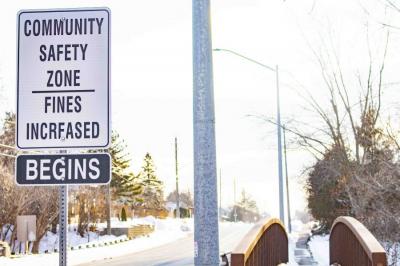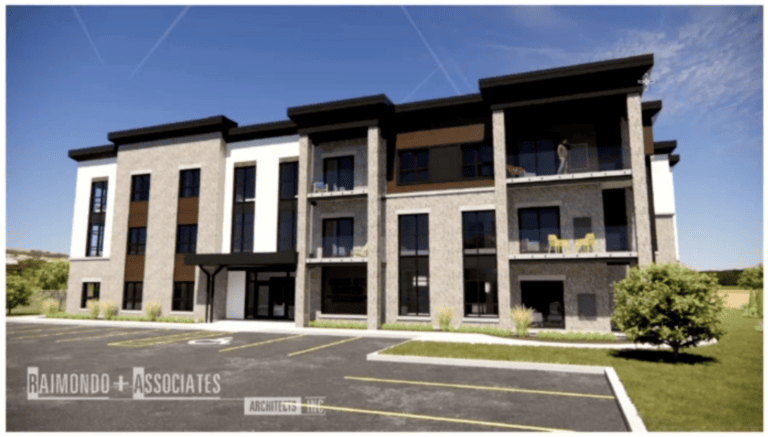Do you ever slow your driving speed because you see an officer at the side of the road with a radar gun and then proceed to drive cautiously afterward?
That is what Niagara Region's director of transportation calls the “halo effect” and it is a driving idea behind the region's Vision Zero campaign.
Carolyn Ryall says Vision Zero aims to reduce traffic fatalities to zero through the installation of traffic enforcement measures, such as photo radar cameras and red light cameras.
Speeding “contributes to one-third of fatal crashes and serves as an aggravating factor in most crashes,” Ryall told Niagara-on-the-Lake councillors during a committee of the whole meeting on Monday.
To address speeding concerns, the region has established 13 community safety zones on regional roads, Ryall said. The safety zones require lower speed limits in established areas and carry increased fines for infractions.
Two are active now in Niagara-on-the-Lake, one near Crossroads Public School on Niagara Stone Road and one on York Road near St. Davids Public School.
The speed cameras will be tested in the current community safety zones, with four cameras rotated among the region's 13 zones over the course of a year, she said.
“We’re targeting reducing excessive speeding in school areas,” Ryall said.
The region is also planning to install 10 red light cameras at signal-controlled intersections across the region. Ryall said there are roughly 400 such intersections in Niagara and specific locations will be chosen later.
Elaborating on the halo effect, she noted, when a red light camera or photo radar is used, “driver awareness is heightened for a large geographic area to where the different tools are being adopted.”
The program will cost about $4 million and will be funded from ticket revenue generated by the cameras. Any excess money will be split 50/50 between the region and local municipalities that host cameras – but the money must be spent on road safety projects.
Ryall said if too few tickets are issued to pay for the program it would be up to the region to cover the deficit.
Coun. Norm Arsenault asked Ryall whether a driver would be charged for speeding if they went, say, 54 in a 50 km/h zone?
Ryall said the cameras are programmed to only register drivers who are moving excessively fast in safety zones and the region doesn't share exactly what the settings on the cameras are.
Coun. Clare Cameron was concerned the cameras would replace using actual police officers in targeted areas. Ryall assured her the cameras are meant to “supplement” the work of Niagara Regional Police, “not to replace it.”
Coun. Erwin Wiens, a retired police officer, questioned the region's endgame.
Since the goal of the program is to reduce fatalities to zero, then eventually the cameras might generate no revenue and actually cost the region a lot of money, he said.
“The concern I have is that this is a revenue generator and not a safety issue,” Wiens said.
“I’m in favour of these cameras as long as the goal is to get to actual zero, which means this is going to be an expense and not a revenue generator.”
He asked if there would be signs telling drivers that a red light or speed camera was in the area where they were driving, as that would more likely inspire safe driving than a ticket later.
Ryall said there would be public meetings about the project but stopped short of saying signs would be posted.
“I want to make sure the number one process we have moving forward through this is that the signage is there. Huge, giant signs saying, ‘Hey, school zone, cameras in effect, giant tickets coming your way,’ so that we don’t have any speeding,” Wiens said.
“If it’s a revenue generator, I’m 100 per cent opposed to it.”
Lord Mayor Betty Disero was all in.
“As we all know, a lot of people have been calling about speeding in the municipality,” she said.
“This is just one tool of many to try and make our roads safer,” she said. “It's a tool and it will be a useful tool for us.”
The presentation from the region had unanimous support from council.
Ryall said installation of the measures is expected to begin in the second quarter of 2022.











